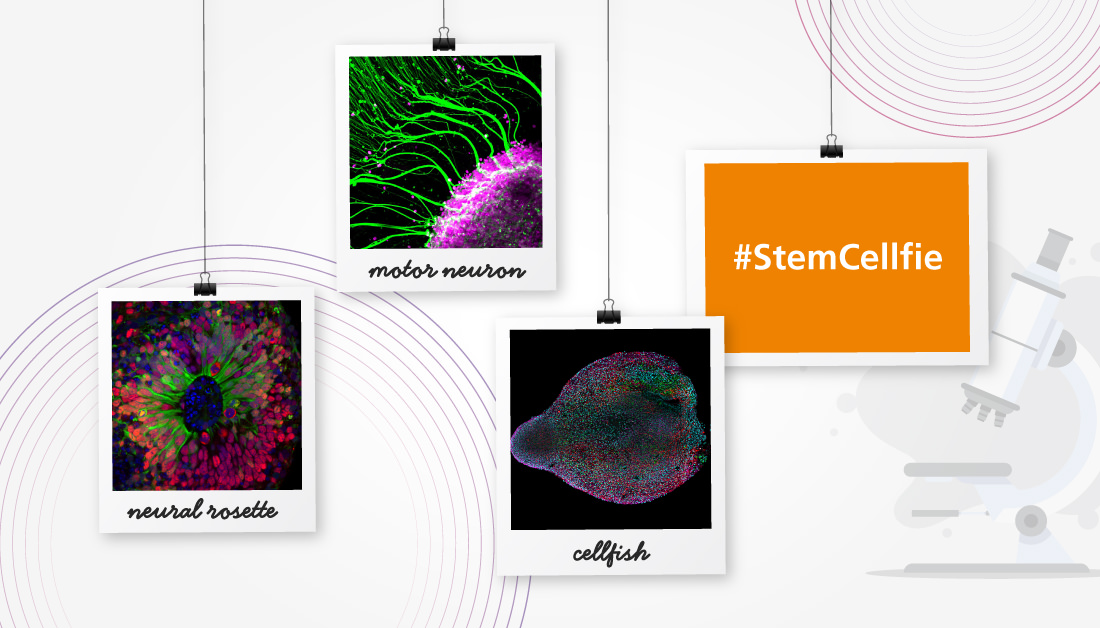Unna's Alum Hematoxylin
Materials
| Material | Amount | Function |
|---|---|---|
| Hematoxylin | 3 g | Dye |
| Ammonium alum | 300 g | Mordant |
| Distilled water | 600 mL | Solvent |
| 100% ethanol | 300 mL | Solvent |
| Sublimed sulfur | 6 g | Stabiliser |
Compounding Procedure
- Dissolve the hematoxylin in the alcohol.
- Dissolve the Alum in the water.
- Combine the two solutions.
- Leave the solution at room temperature to ripen (days).
- Add the sulfur and mix well.
Protocol
- Bring sections to water with xylene and ethanol.
- Place into the staining solution for an appropriate time.
- Rinse well with water.
- Differentiate with acid ethanol if necessary.
- Rinse with water and blue.
- Rinse well with water.
- Counterstain if desired.
- Dehydrate with ethanol, clear with xylene and mount with a resinous medium.
Expected Results
- Nuclei – blue
- Background – as counterstain or unstained
Notes
- The sulfur is added after the solution has properly ripened.
- Unna said that the sulfur stabilized the solution in the oxidized state for some time. Others considered glycerol to be superior for this purpose.
- Ammonium Alum dissolves in water at the rate of about one gram in 7 mL, and it is almost insoluble in ethanol. The formula should therefore require about 90 grams, so the amount specified is in considerable excess.
- The staining time should be determined by trial.
- Acid ethanol is 0.5% – 1% hydrochloric acid in 70% ethanol.
- Blueing is done with alkaline solutions such as hard tap water, Scott’s tap water substitute, 0.1% ammonia water, 1% aqueous sodium acetate, 0.5% aqueous lithium carbonate etc.
Safety Note
Prior to handling any chemical, consult the Safety Data Sheet (SDS) for proper handling and safety precautions.
References
- Gray, Peter. (1954)
The Microtomist’s Formulary and Guide.
Originally published by: The Blakiston Co.
Republished by: Robert E. Krieger Publishing Co.
Citing:
Unna, (1892)
Zeitschrift für wissenschaftliche Mikroskopie und für mikroskopische Technik, v.8, p.438
Leipzig





